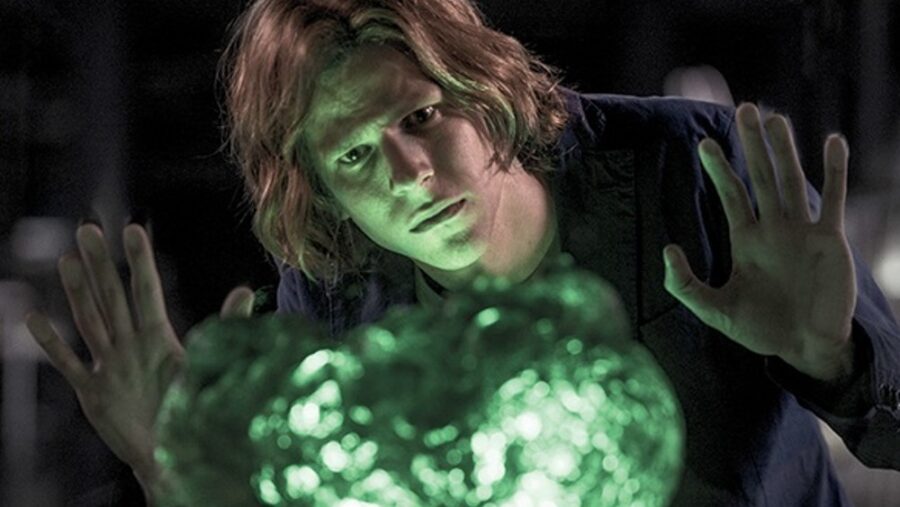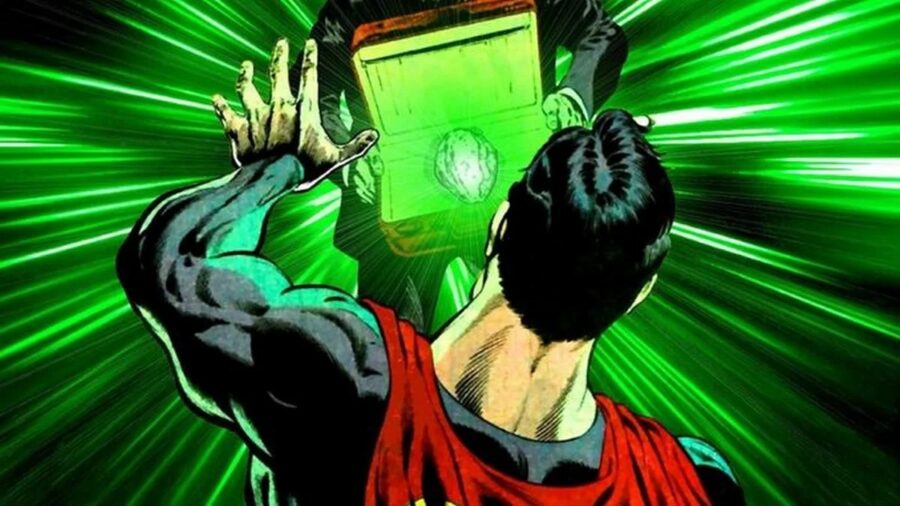How Kryptonite Really Works

Even people who have never picked up a comic book know the basics of Kryponite: it’s green (most of the time, at least) and it causes Superman intense pain. But how does a colorful rock hurt one of the most powerful superheroes in the world, and what else can this wacky weakness do to the big, blue Boy Scout? Buckle up, DC fans, as we walk you through exactly how Kryptonite really works.
Kryptonite is so well known that it’s become shorthand for any weakness, but Superman’s achilles heel has a long and shockingly complex history.
When Superman comics were first published, there was no Kryptonite. In the earliest stories, everyone from Superman’s home planet Krypton was naturally superhuman, meaning that the only thing that made Superman special was the fact that he escaped the destruction of his planet. Later comics would retcon that nobody on Krypton had any superhuman powers and that Superman only developed them due to the radiation from Earth’s yellow sun (Krypton had a red sun).
And in a bit of cosmic irony, it’s Superman’s fault that Kryptonite ended up on Earth…sort of. His parents, Jor-El and Lara, put their young baby Kal-el in a birthing matrix and shot him toward Earth, knowing that if he survived the journey, the planet’s yellow sun would give him powers and abilities far beyond those of the planet’s native population. But as the matrix traveled through space, it brought fragments of the exploded Krypton with it, and those fragments were made radioactive during the explosion of Supperman’s homeworld.

As you’ve probably guessed by now, this is what Kryptonite really is: radioactive chunks of Superman’s home planet that are now (conveniently enough for writers) scattered all over Earth. However, Superman is strong enough that most forms of Earthborn radiation have no effect on him. Why, then, is exposure to Kryptonite so dangerous to someone who is so powerful?
Kryptonite is only harmful to Kryptonians (and even there’s a few exceptions) because of its unique radiation, which is why different heroes and villains can handle it without harming themselves.
Kryptonite emits a kind of radiation that seems to function like electromagnetic energy, which is why the effects of Kryptonite can be contained by lead. The radiation it emits is harmful to humans, especially after prolonged exposure, which is why Kryptonite has given Lex Luthor cancer in more than one continuity. But Kryptonite is particularly deadly to those actually from Krypton because it is particularly tuned to their biology, and some fans have speculated that it may cause additional damage by hindering a Kryptonian’s ability to absorb energy from the Earth’s yellow sun.
We know that Kryptonite saps Superman’s powers quicker than the sun can replenish them, which is why he has often been weakened by its radiation even when he’s in broad daylight. And since Superman is seemingly powered by a form of photosynthesis, prolonged exposure to Kryptonite will eventually kill him, just as a plant eventually dies if it doesn’t get any sunlight. Since Kryptonite is relatively malleable, various villains and even heroes have weaponized it for use against Superman, with one of the most memorable being the Kryptonite gloves Batman uses in Frank Miller’s The Dark Knight Strikes Again.

So far, we’ve been reviewing how green Kryptonite works, because this is the most common form of this exotic space rock and its basic function is easiest to explain.
Starting around the Silver Age, different Superman comics began introducing different forms of Kryptonite: red Kryptonite changes behavior, which we saw in Smallville when it turned Clark Kent into a selfish super jerk. There are over two dozen distinct kinds of Kryptonite, including a pink variant introduced in Supergirl #79 that made Superman start praising Jimmy Olsen’s fashion sense and interior decorating skills (yes, the less said about this, the better).
Different colors of Kryptonite have different effects, from the classic weakening green to blue, which nullifies a Kryptonian’s powers.
These more colorful versions of Kryptonite don’t really have much in the way of scientific explanation…they are mostly an effect of writers wanting to change things up from time to time concerning the world’s most recognizable superhero. After nearly a century of comic book and multimedia appearances, Kryptonite has led to some of the best (and worst) Superman stories ever told. And we can’t wait to see what James Gunn does with this iconic space rock in Superman: Legacy when that film releases in 2025.












